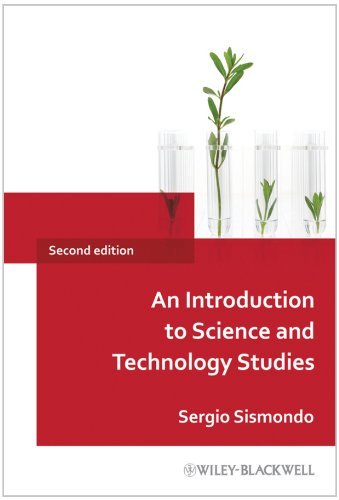What do you think?
Rate this book


357 pages, Kindle Edition
First published July 28, 2003
1 The Prehistory of Science and Technology Studies
2 The Kuhnian Revolution
3 Questioning Functionalism in the Sociology of Science
4 Stratification and Discrimination
5 The Strong Programme and the Sociology of Knowledge
6 The Social Construction of Scientific and Technical Realities
7 Feminist Epistemologies of Science
8 Actor-Network Theory
9 Two Questions Concerning Technology
10 Studying Laboratories
11 Controversies
12 Standardization and Objectivity
13 Rhetoric and Discourse
14 The Unnaturalness of Science and Technology
15 The Public Understanding of Science
16 Expertise and Public Participation
17 Political Economies of Knowledge
This second edition makes a number of changes. The largest is reflected in a tiny adjustment of abbreviation. In the first edition, the field’s name was abbreviated S&TS. The ampersand was supposed to emphasize the field’s name as Science and Technology Studies, rather than Science, Technology, and Society, the latter of which was generally known as STS in the 1970s and 1980s. When the ampersand seemed important, the two STSs differed considerably in their approaches and subject matters: Science and Technology Studies was a philosophically radical project of understanding science and technology as discursive, social, and material activities; Science, Technology, and Society was a project of understanding social issues linked to developments in science and technology, and how those developments could be harnessed to democratic and egalitarian ideals. When the first edition of this book was written, the ampersand seemed valuable to identifying its terrain. However, the fields of STS (with or without ampersand) have expanded so rapidly that the two STSs have blended together. The first STS (with ampersand) became increasingly concerned with issues about the legitimate places of expertise, about science in public spheres, about the place of public interests in scientific decision-making. The other STS (without) became increasingly concerned with understanding the dynamics of science, technology, and medicine. Thus, many of the most exciting works have joined what would once have been seen as separate. (viii)